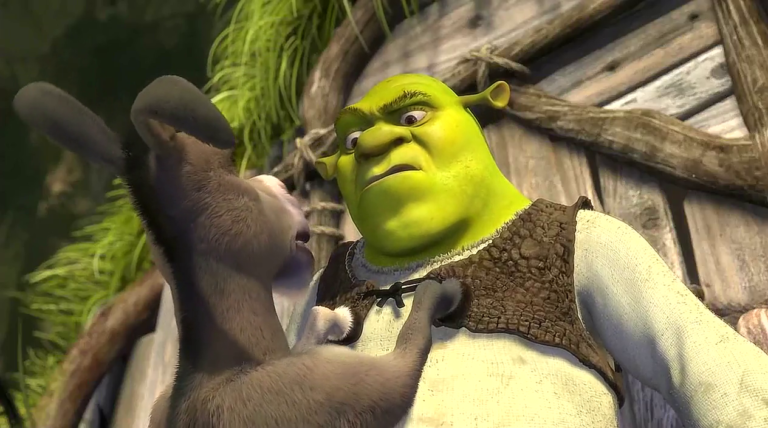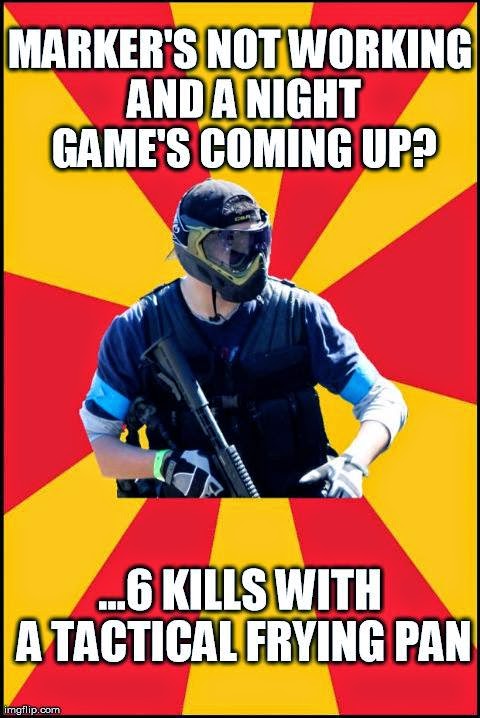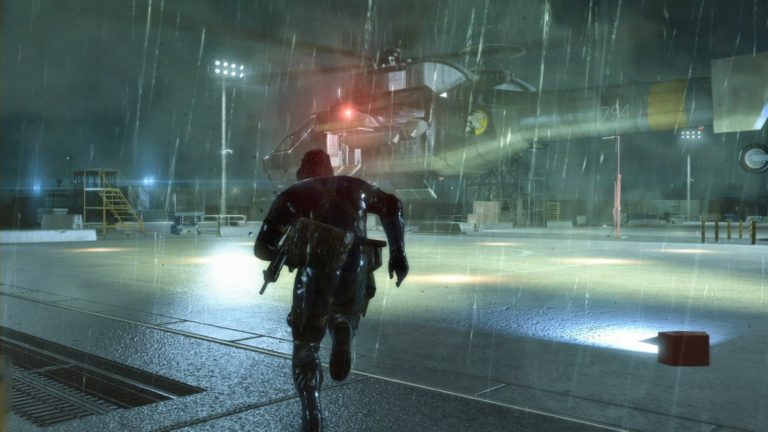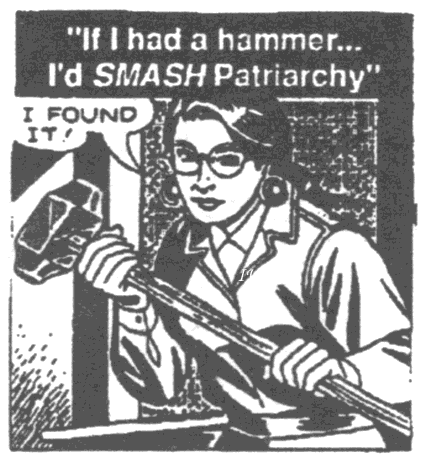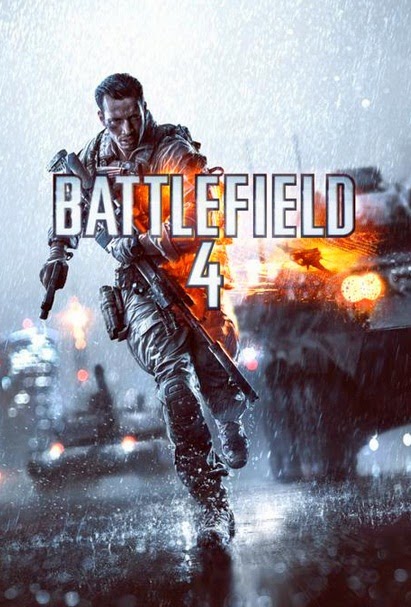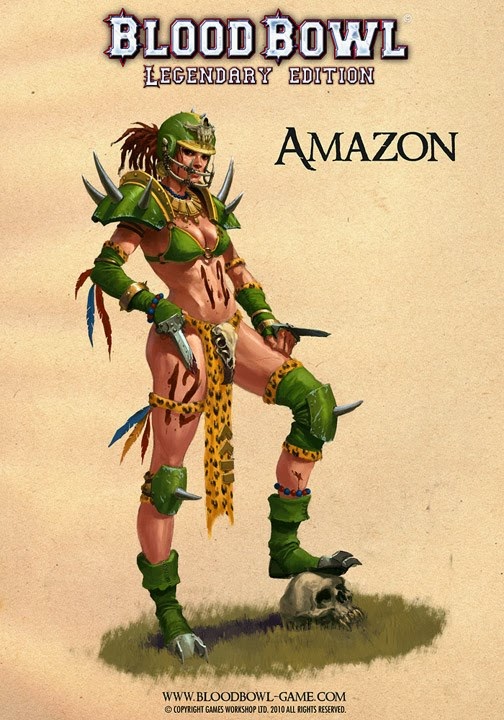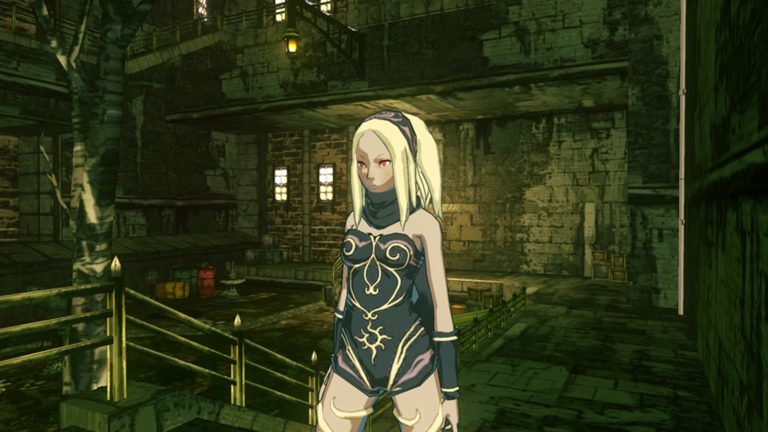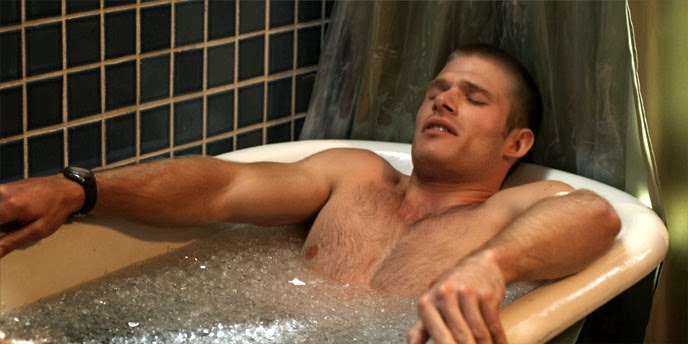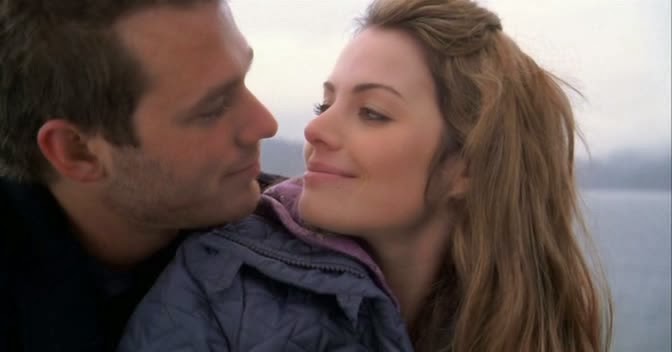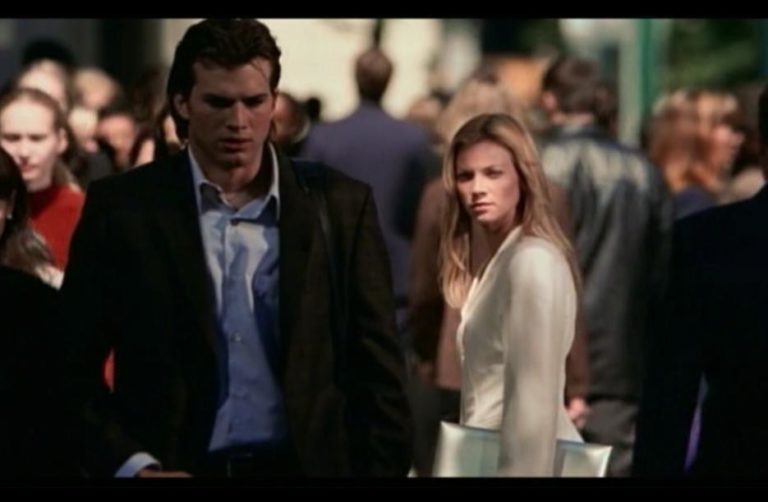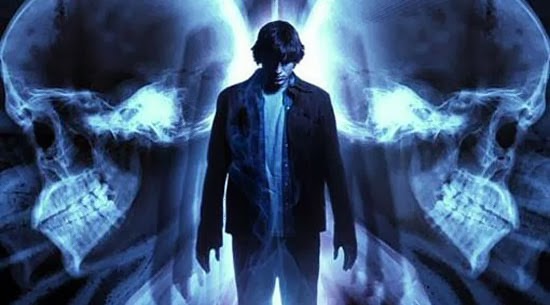Okay, obviously this isn’t Shrek 2. That’ll come at some point in the near future I’m sure,...
Year: 2014
Welcome back good readers as we begin a new retrospectives series! The franchise that we’re going to...
As I implied in last week’s blog post, I definitely was quite busy so that next retrospective...
Hey good readers, I’ve got an exciting week ahead of me! On the 12th, I’m going to...
As you probably know if you read the blog, I’m a big Metal Gear Solid fan. Snake...
I’ve noticed lately that I’ve written quite a lot about feminism in the past few months, kind...
If you follow video game news, you might have heard that Battlefield 4 is a broken piece of shit which...
I’ve been labouring for quite a while on what to write this particular blog post on. I...
It’s no secret that I’m a big PlayStation fanboy – I’ve owned every PS console and handheld...
Welcome back to the third and final part of The Butterfly Effect retrospective! You’ll probably notice that this...
Despite a very mixed reception, The Butterfly Effect made enough money for New Line Cinema to warrant a...
Welcome back good readers as we begin a new retrospectives series! If you want to check out...
I know I said I had a firm deadline of February 4th for the next retrospective series,...
Just a quick post this week with some updates on life and the blog. First of all,...

